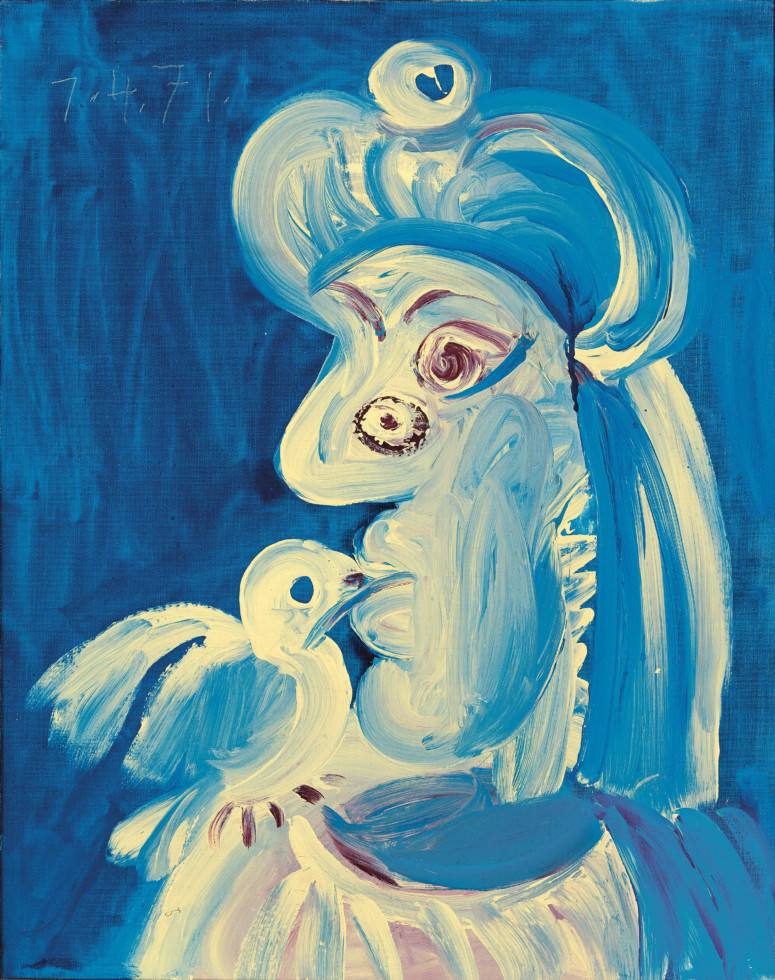
© Succession Picasso/Bildupphovsrätt 2025.
Photo: Marc Domage © FABA
Late Picasso
Stockholm, 22.11 2025 – 5.4 2026
“Late Picasso” is the first major presentation of Pablo Picasso at Moderna Museet in over thirty years. Here, the artist appears in his final decade – from 1963 until his death in 1973 – when painting had come to embody an unrelenting process of inquiry rather than the transgressive force of his youth.
The exhibition brings together approximately fifty paintings and thirty works on paper. Alongside loans from other collections, the exhibition also features paintings and prints from Moderna Museet’s own holdings.
A Refusal to Conclude
Jo Widoff, curator for the Moderna Museet portion of this touring exhibition, remarks that Picasso’s late works are more concerned with urgency than resolution.
– They are marked by a deliberate refusal to be polished or conclusive. Many can be seen as allegories for the act of painting itself, where the canvas becomes a threshold between art and life.
At Odds with the Contemporary
By the 1960s, Picasso had outlived many of his peers and withdrawn from public life to devote himself entirely to working in his studio in Mougins. At a time when contemporary art was turning towards minimalism and conceptualism, Picasso remained committed to painting the human form.
In the last decade of his life, he worked with increasing urgency, and his style became ever more expressive and unapologetic. These late works reveal two distinct approaches to painting: one quick and simplified, made up of abbreviations, ideograms, and codified signs; the other bold and gestural, with thick, flowing paint hastily applied.
Picasso approached painting as a form of fiction, embracing the theatrical, the spontaneous, and the immediate. He worked indefatigably, painting by day and drawing by night, often for hours on end. The act of making itself – the layering, reworking, and gradual shifts – became central to his artistic process.
Dismissed by Critics, Celebrated by a Younger Generation
The response from critics was deeply divided, as Jo Widoff notes:
– For some, these late works represented a bold final act, affirming Picasso’s continuing relevance and daring. For others, the hastily applied paint, distorted forms, and prolific output of his final years appeared chaotic or self-indulgent – a sign of decline rather than creative vigour.
– Yet in the 1980s, Picasso’s late works gained renewed significance. As painting re-emerged as a dominant medium, a younger generation of artists found inspiration in the expressive freedom of his final decade.
A pivotal moment in this reassessment came with the influential “A New Spirit in Painting” exhibition at the Royal Academy in London in 1981, where Picasso’s works were shown alongside those of contemporary painters such as Georg Baselitz, Jean-Michel Basquiat, and Anselm Kiefer. The exhibition marked a turning point in how Picasso’s late painting was understood – no longer as the work of a fading master, but as a vital precursor to the renewed energy and experimentation of the era.
The Reception of Picasso After 1973
Since Picasso’s death in 1973, his legacy has remained both towering and complex – celebrated with near-mythic reverence and examined with increasing critical depth. In the years immediately following his death, major retrospectives reaffirmed his status as a modern master. In more recent years, his work has been revisited with greater nuance. As feminist and postcolonial critiques have reshaped the field of art history, scholars and artists alike have begun to examine the personal and political dimensions of his work.
Today, Picasso stands less as an untouchable icon than a figure through whom the complexities and contradictions of modern art are considered.
The exhibition Late Picasso is organised in collaboration between PoMo, Trondheim; Moderna Museet, Stockholm; Kunsten Museum of Modern Art, Aalborg; and Fundación Almine y Bernard Ruiz-Picasso. The curatorial concept is initiated and organised by PoMo, Trondheim and curated by Dr. Dieter Buchhart and Dr. Anna Karina Hofbauer.
The exhibition at Moderna Museet is curated by Jo Widoff.
Press release, full-length (PDF)
Introduction and walltexts, Swe-Eng (PDF)
Timeline Picasso’s life and work, 1961−1973, Swe-Eng (PDF)
Texts about artworks in the exhibition, Eng (PDF)
Please note that more press images will be available closer to the exhibition’s opening.

© Succession Picasso/Bildupphovsrätt 2025.
Photo: My Matson/Moderna Museet
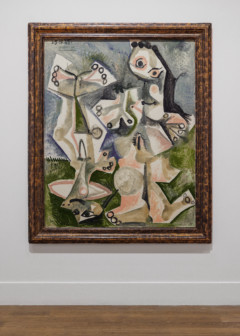
© Succession Picasso/Bildupphovsrätt 2025.
Photo: My Matson/Moderna Museet

© Succession Picasso/Bildupphovsrätt 2025.
Photo: My Matson/Moderna Museet
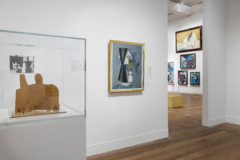
© Succession Picasso/Bildupphovsrätt 2025.
Photo: My Matson/Moderna Museet
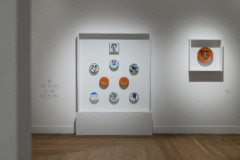
© Succession Picasso/Bildupphovsrätt 2025.
Photo: My Matson/Moderna Museet
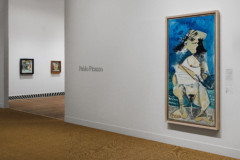
Tête d'homme/Head of a Man, Mougins, December 5 1964. Fundación Almine y Bernard Ruiz-Picasso, Madrid.
La Pisseuse/Woman Pissing, April 16 1965. Centre Pompidou.
© Succession Picasso/Bildupphovsrätt 2025.
Photo: My Matson/Moderna Museet
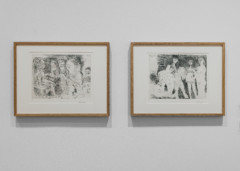
Vieil homme pensant à sa jeunesse: Garçon sur un cheval de cirque et femmes/Old man thinking of his youth: Boy on a circus horse and women, April 1 1968. The National Museum, Oslo.
© Succession Picasso/Bildupphovsrätt 2025.
Photo: My Matson/Moderna Museet
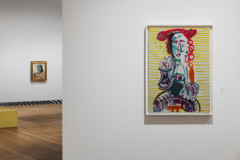
Homme à la pipe/Man With a Pipe, 1968. Courtesy of Masterworks.
© Succession Picasso/Bildupphovsrätt 2025.
Photo: My Matson/Moderna Museet

© Succession Picasso/Bildupphovsrätt 2025.
Photo: My Matson/Moderna Museet
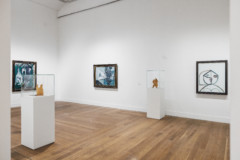
© Succession Picasso/Bildupphovsrätt 2025.
Photo: My Matson/Moderna Museet

© Succession Picasso/Bildupphovsrätt 2025.
Photo: Åsa Lundén/Moderna Museet
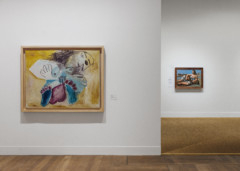
La source/The Spring, 1921.
© Succession Picasso/Bildupphovsrätt 2025.
Photo: My Matson/Moderna Museet

© Succession Picasso/Bildupphovsrätt 2025.
Photo: Marc Domage © FABA
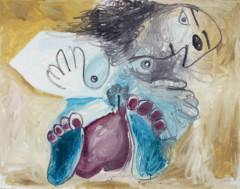
© Succession Picasso/Bildupphovsrätt 2025.
Photo: Marc Domage © FABA
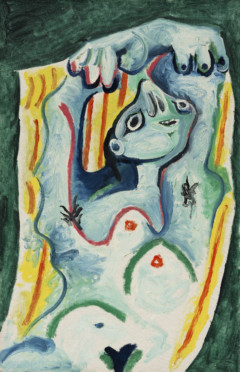
© Succession Picasso/Bildupphovsrätt 2025.
Photo: Hugard & Vanoverschelde © FABA

© Succession Picasso/Bildupphovsrätt 2025.
Photo: George Condo, Private Collection.
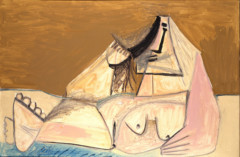
© Succession Picasso/Bildupphovsrätt 2025.
Photo: Peter Schälchli, Zürich/Private Collection
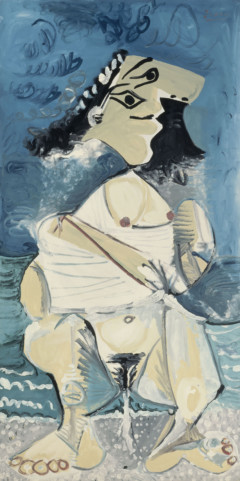
© Succession Picasso/Bildupphovsrätt 2025.
Photo: © Centre Pompidou, MNAM-CCI, Dist. GrandPalaisRmn/image Centre Pompidou, MNAM-CCI

© Succession Picasso/Bildupphovsrätt 2025.
Photo: Prallan Allsten/Moderna Museet
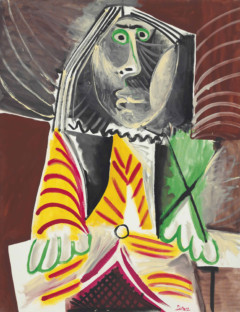
© Succession Picasso/Bildupphovsrätt 2025.
Photo: Dan Jackson/The Masterworks Foundation
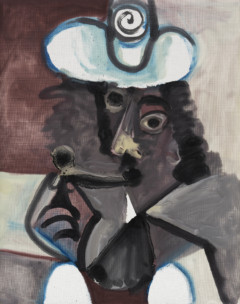
© Succession Picasso/Bildupphovsrätt 2025.
Photo: Hugard & Vanoverschelde © FABA

© Succession Picasso/Bildupphovsrätt 2025
Photo: Albin Dahlström/Moderna Museet
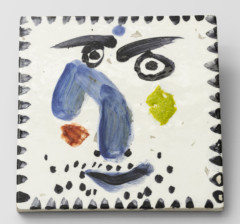
© Succession Picasso/Bildupphovsrätt 2025.
Photo: Hugard & Vanoverschelde © FABA
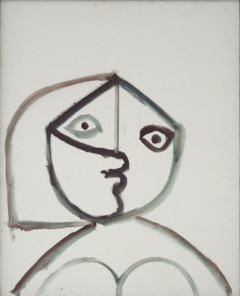
© Succession Picasso/Bildupphovsrätt 2025.
Photo: Hugard & Vanoverschelde © FABA
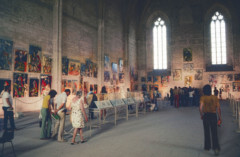
Photo: Edward Quinn © edwardquinn.com
